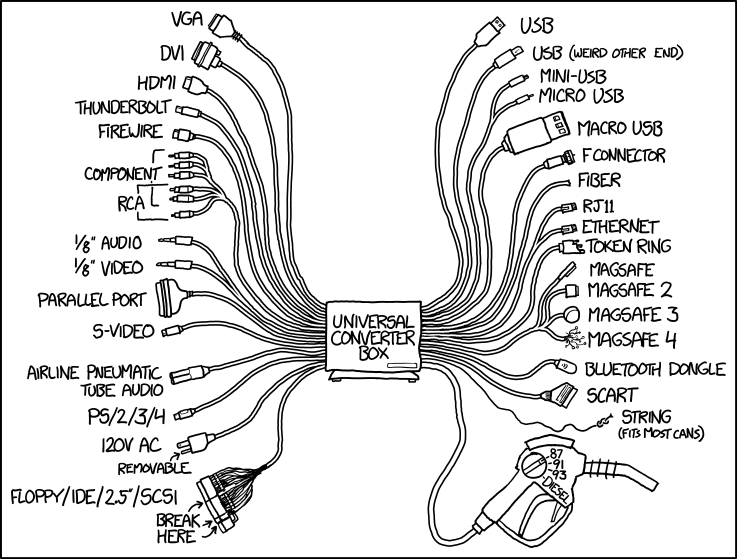HardOCP News
[H] News
- Joined
- Dec 31, 1969
- Messages
- 0
The new USB Type-C cable design is finished. Now all you have to do is wait until manufacturers start using this and then we'll still be stuck needing "old" USB cables until devices that use them are finally phased out. 
![[H]ard|Forum](/styles/hardforum/xenforo/logo_dark.png)

